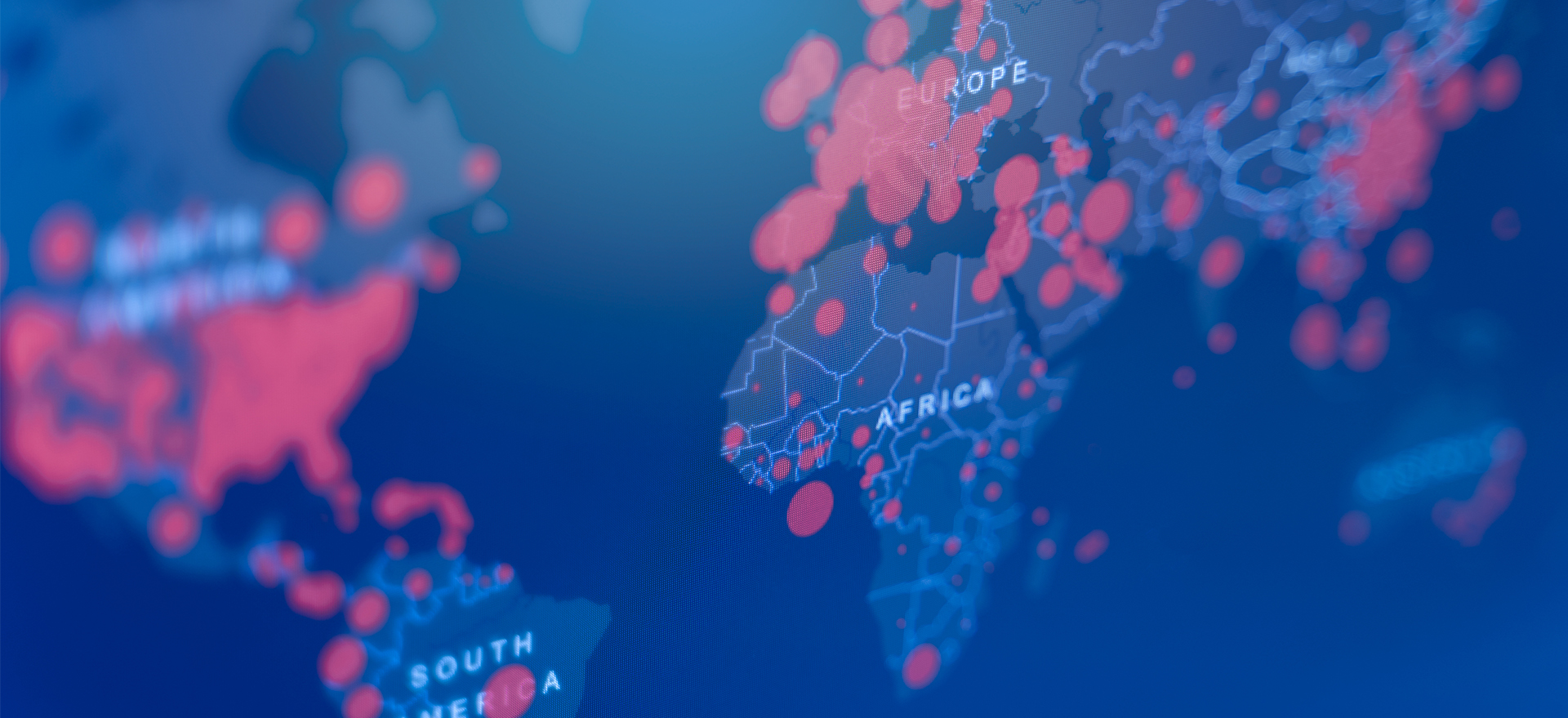Renewing the cycle
The world risks failing to learn lessons from the COVID-19 pandemic, unless a global architecture for health emergency preparedness, response and resilience is agreed upon and a new cycle of investment in defences can begin
The COVID-19 pandemic has revealed deep flaws in the global health security architecture, which have exposed and exacerbated profound inequities within and between countries, and eroded trust among people, governments and institutions. It is imperative that we act on the lessons learned over the past two years.
The overarching lesson is clear: the world was, and remains, unprepared for pandemics. This lesson is not a new one. Just this century, epidemics of SARS, H5N1, H1N1, MERS, Ebola and Zika have emerged, only to be followed by a pattern of panic and neglect, as concern during emergencies gives way to apathy and under-investment in their aftermath.
It is time to end the cycle of panic and neglect. There will be future epidemics, pandemics and other global health emergencies. The time to strengthen the world’s defences is now.
There have been many reviews of the global response to COVID-19, with more than 300 recommendations for preventing, preparing for and responding more effectively to future epidemics and pandemics.
Building on those recommendations, and in consultation with our members, the World Health Organization has developed a proposal for a more equitable, inclusive and coherent global architecture for health emergency preparedness, response and resilience.
This new architecture consists of recommendations in three key areas.
First, we need governance that is coherent, inclusive and accountable. Here, the WHO recommends establishing a Global Health Emergency Council at the level of heads of state and government to ensure the sustained political commitment needed to break the cycle of pandemic and neglect; making targeted amendments to the International Health Regulations to increase capacities, information sharing and compliance; and enhancing accountability by scaling up the Universal Health and Preparedness Review, a new mechanism in which countries agree to a voluntary, regular and transparent peer review of their health emergency preparedness capacities, with independent monitoring.
The second area is the need for stronger systems and tools to prevent, detect and respond rapidly to health emergencies. Here, the WHO recommends developing a global health emergency workforce that is trained to common standards, rapidly deployable, scalable and properly equipped; strengthened emergency coordination, through standardised approaches to strategic planning, financing, operations and monitoring; and expanded partnerships for a whole-of-society approach to collaborative surveillance, community protection, clinical care and access to countermeasures.
Third is the need for adequate and efficient financing, domestically and internationally. The WHO and the World Bank estimate that $31 billion is needed each year to fund an effective global health emergency architecture. About $20 billion of this could come from existing and projected domestic and international resources, leaving a gap of $10 billion per year.
To address this gap, the WHO recommends establishing a coordinating platform to promote domestic investment and to direct international financing to where it is most needed; establishing a Financial Intermediary Fund with the World Bank to provide catalytic and gap-filling funding, supported by financial leadership from the World Bank and technical leadership from the WHO; and expanding the WHO Contingency Fund for Emergencies, to ensure rapidly scalable and sustainable financing for response.
Underpinning these recommendations, it is clear that the world needs a stronger, empowered and sustainably financed WHO at the centre of the global architecture for health emergency preparedness, response and resilience. With more than 150 offices around the world, the WHO has a unique global footprint, unique global expertise, unique global legitimacy, and a unique global mandate.
At the World Health Assembly in May 2022 the WHO’s members made a historic decision to increase assessed contributions – essentially the membership dues that countries pay – to 50% of the organisation’s budget over the next decade, from just 16% now. This will reduce our reliance on voluntary, earmarked contributions, enable us to attract and retain the best talent, and provide more predictable, long-term support to countries.
Finally, overarching this new architecture will be a new international pandemic accord, which WHO members are currently negotiating. There are treaties on tobacco, nuclear, chemical and biological weapons, climate change and many other threats to our shared security and well-being. It is common sense for countries to now agree on a common approach to common threats, with common rules for a common response to health emergencies.
With restrictions lifted and COVID-19 cases and deaths receding in many high-income countries, political attention is turning to other crises. We risk failing to learn the painful lessons this pandemic has taught us, and repeating the cycle of panic and neglect. We call on all countries to seize this moment to make the world safer for the generations that will follow us.












